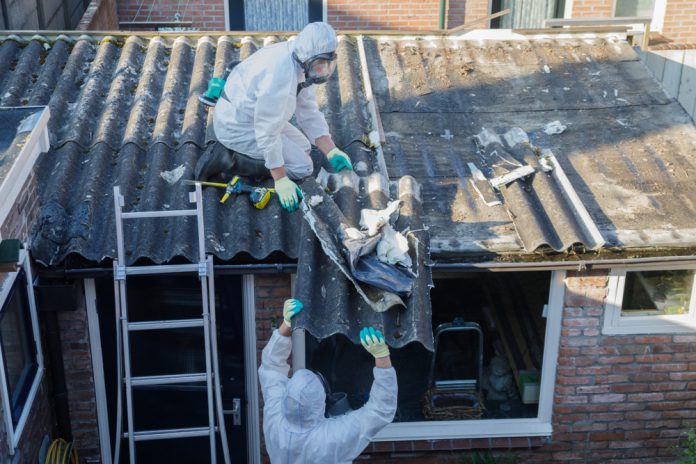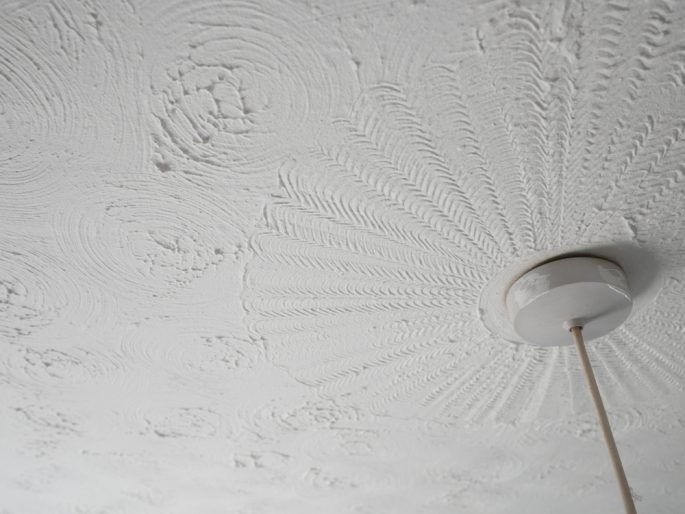With the global pandemic slowly moving away from our daily lives and normalcy hopefully returning in the near future as we move into summer, home improvement will likely have a huge spike again like it did last year. As many people have been saving their money in preparation for when everything is back open, it means there is a lot of money to be spent within the economy this summer and for the rest of 2021.
One thing you do need to consider when looking at any home improvement job is asbestos. If your property was built before 1999 then it is very likely to contain asbestos in some form whether that be through artex, within your insulation or ceilings. Asbestos was officially banned in the UK in 1999 but was very popular in the 70s and various other areas, and was used for a variety of different building materials and solutions.
How to Identify Asbestos In My Home
It’s hard to know how to identify asbestos as there are many different types, and there isn’t a standard one-size-fits-all criteria. The 3 main types of asbestos that you will find include crocidolite, amosite and chrysotile which is known as blue, brown and white asbestos.
You’ll usually need to get a qualified professional to identify asbestos and this should never be a DIY job. You could cause serious risk to your health and others in your home if you decide to try and tamper the asbestos.
Get A Survey
If you suspect that there is asbestos in your home then your first point of call is to get an asbestos survey in Kent carried out by a reputable asbestos company, who will be able to ensure all safety precautions are taken when testing for the asbestos. If you are carrying out refurbishment work, you will need a specific asbestos refurbishment survey. You must not carry out the work if you suspect there is asbestos, and this must be resolved first. Otherwise you pose the risk of releasing the fibres into the air, which could be inhaled.
Once the survey has been carried out the fibres will then be sent over to a lab for scientific testing, to confirm if it does actually contain asbestos. You will then be provided a full report and breakdown of what has been found.
To Remove or to Not Remove?
You may be wondering what the next step is. Contrary to popular belief, not all asbestos has to be removed, and it’s best to review this on a case by case basis. When completing a house refurbishment in which the fibres are very likely to be disturbed, it is usually recommended to remove the asbestos to prevent any issues in the future.
If the asbestos is likely to remain untouched and stable, it may be best to leave it and just monitor every now and then, as removing could cause more harm than good. Your asbestos expert will be able to advise and guide you on the right path.
To answer the main topic of this blog, asbestos is definitely still a concern for 2021. Although the ban was 22 years ago, many old buildings have still not been tested and therefore are harvesting potentially dangerous asbestos. If in doubt, give your local asbestos company a call!
















